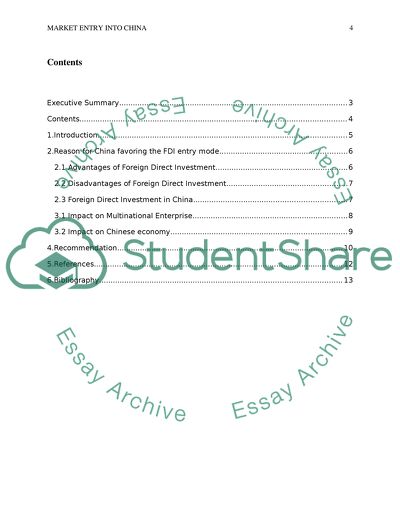Cite this document
(Market Entry into China of Foreign Investment Shareholding Corporation Case Study, n.d.)
Market Entry into China of Foreign Investment Shareholding Corporation Case Study. Retrieved from https://studentshare.org/marketing/1574525-individual-report-based-upon-a-case-study-below
Market Entry into China of Foreign Investment Shareholding Corporation Case Study. Retrieved from https://studentshare.org/marketing/1574525-individual-report-based-upon-a-case-study-below
(Market Entry into China of Foreign Investment Shareholding Corporation Case Study)
Market Entry into China of Foreign Investment Shareholding Corporation Case Study. https://studentshare.org/marketing/1574525-individual-report-based-upon-a-case-study-below.
Market Entry into China of Foreign Investment Shareholding Corporation Case Study. https://studentshare.org/marketing/1574525-individual-report-based-upon-a-case-study-below.
“Market Entry into China of Foreign Investment Shareholding Corporation Case Study”, n.d. https://studentshare.org/marketing/1574525-individual-report-based-upon-a-case-study-below.


